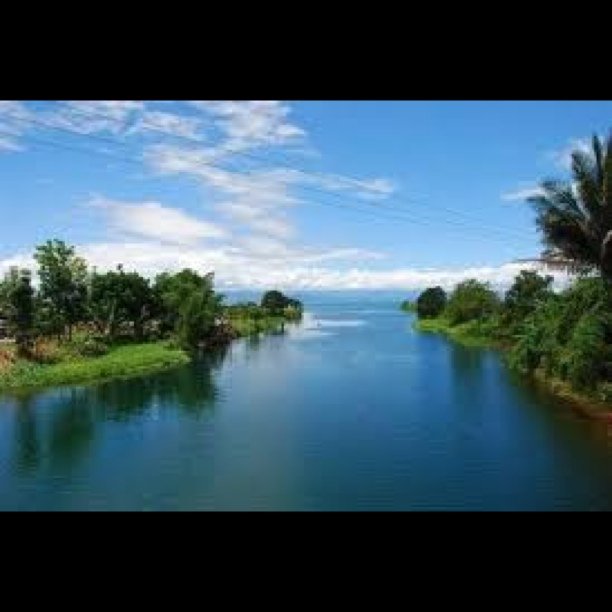
To protect the area with abundance of marine life this lake was declared as a national park and reserve under the bureau of Forestry. The lush vegetation is represented by abundance of reed-beds of cat tail species and large areas of water hyacinth there are also aquatic plants such as white waterlilies and ribbongrass. The depth of the lake is ranging from 60 to 112 m. The north of the lake is swallowing and gradually goes deeper towards the south. Lake Lanao National Park borders the province of Lanao del Sur and west-central Mindanao. Ursula Island Game Refuge and Bird Sanctuary.Puerto Princesa Subterranean River National Park.Puerto-Princesa Subterranean River National Park.Rice Terraces of the Philippine Cordilleras.Republic of the Philippines (1946-1965).Other extinct species can be found through EcoWatch.

Barbodes lanaoensis – last seen in 1964.Barbodes flavifuscus – last seen in 1964.Barbodes palaemophagus – last seen in 1975.Barbodes pachycheilus – last seen in 1964.Barbodes truncatulus – last seen in 1973.IUCN listed 15 species as “extinct” after years of searches and surveys, while the other two as “critically endangered (possibly extinct).” Here are the 15 extinct species: 17 freshwater fish from Lake Lanao, Mindanao, PhilippinesĪ combination of predatory invasive species, overfishing, and destructive fishing methods (such as dynamite fishing) wiped the species to extinction. Included in the list is the Aragua robber frog ( Pristimantis anotis), which has not been found in 46 years, and the Pinango stubfoot toad ( Atelopus pinangoi), which most likely to have disappeared in the 1980s.ĥ.

Most of which were victims of amphibian-killing chytrid fungus. Nearly to dozen long-unseen Central and South American frog species have been declared “critically endangered (possibly extinct)” by IUCN. Some had been reported before, but this is the first time they have been declared extinct. They found 65, including five small trees, eight shrubs, 37 perennial herbs, and 15 annual herbs. Researchers went to the continental United States to determine how many plants have been extinct.

Possible reasons for its extinction include bottom fishing, pollution, habitat destruction, bycatch, and others. The species lived off the coast of Tasmania, and has not been seen since 1802. Handfish are an unusual group of species that have its front fins look like human appendages, which they use to walk on the ocean floor. Smooth handfish ( Sympterichthys unipennis) One of the first papers of 2020 reported the probably loss of 17% of Bangladesh’s 187 known orchid species.Ģ. Here are the species that scientists and conservation organizations declared extinct in 2020. We don’t just have to sit there and cry,” said Stuart Pimm, conservation scientist and founder of the organization Saving Nature.īut at the same time, it is also important to recognize the species we’ve lost, to mourn and vow to prevent others from joining the list. The Internation Union for Conservation of Nature (IUCN), the organization that tracks the extinction risk of species around the world, announced several conservation victories. In fact, a study published in 2019 found that conservation efforts reduced bird extinction by 40%, and another paper found that these actions prevented dozens of bird and mammal extinction over the past decades. Conservation efforts continue, which has been a great factor in recent development of saving certain species from the brink of extinction. The cause of these extinctions range from diseases to invasive species to habitat loss, but most from human activities.Īlthough there is yet another long list of extinct animals in the planet, experts are quick to remind everyone that not all hope is lost.

Despite regular expeditions to find out if they still exist, most of the species have not been seen in decades. Scientitsts and conservation organizations declared a long list of species may have gone extinct in the past year, which included dozens of frogs, orchids, and fish.


 0 kommentar(er)
0 kommentar(er)
